A Rocha USA’s new Florida Conservation Coordinator, Tristy Osbon, is also employed by an Australia-based environmental group called “Wilderlands,” serving as a bridge between our two organizations. Read on for Tristy’s reflections on her recent work with Wilderlands in Australia!
I arrived in Australia this past August jet-lagged, excited, and in desperate need of a coffee and shower. After drinking what tasted like the best cup of coffee and taking what felt like the most glorious shower, I realized I was alone in the Australian countryside, without a functioning phone, knowing no one, and only my suitcases to keep me company. So the obvious thing to do? Go for a walk through farm paddocks in a foreign country (obviously!).
Off I went, venturing into the paddocks full of unknown Australian wildlife. I soon approached a gate and couldn’t remember what direction I was supposed to turn, so the only answer was to take a guess and keep venturing further into the paddock (right?).
Eventually, I came across a massive hole in the ground about two feet across and right at the base of a tree, and I did not want to know what had made something of that size. If whatever it was had babies or was aggressive, I was between it and its home.
Realizing I was right on top of said burrow, I went on high alert and only got about 5 feet away before I suddenly saw a stout, furry, brown animal, and was terrified. If it came for me, I would be defenseless. I sat frozen, hoping it would not see or hear me. Of course, it looked up from its scouring on the ground, tossed me an inquisitive look that felt like it lasted for an eternity, then dismissed me and returned to looking for food.
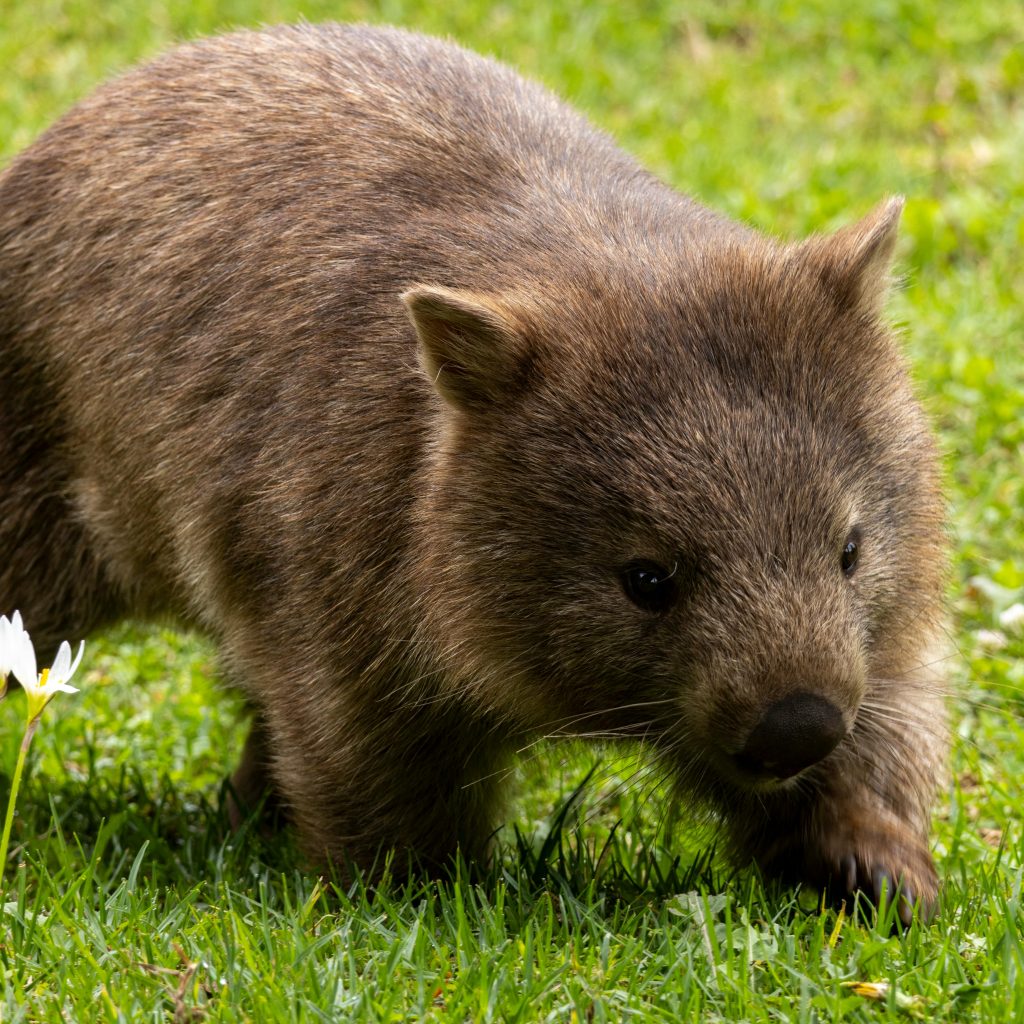
Mystery beast of Australia. (By Steve Burcham, distributed on Pexels.)
With a flood of relief, and a few too many looks over my shoulder, I ran back to the cottage and began looking up what in the world I had just seen. To my surprise, it was a wombat, and Google told me they were aggressive and that there was a record of one just attacking someone!
Right as I was digging into this research about the terrifying wombats, my Australian roommate walked in and tried to console me while attempting to conceal her laughter. She reassured me that wombats are some of the most gentle creatures. Embarrassed but laughing, that was the start of endless wombat jokes, learning about Australia, and getting to work in partnership with an incredible company – Wilderlands.
Wilderlands proactively works to protect Australia’s biodiversity forever, one square meter at a time, presenting conservation and protection as a viable path for sellers (Traditional Custodial Groups, landholders, NGOs) and buyers (companies wanting to take action). Wilderlands has developed one of the world’s first voluntary biodiversity units and a platform for individuals and organizations to start protecting nature.
The Biological Diversity Unit (BDU) – a one-square meter plot – promises the permanent protection and active management of high ecological-value land across Australia. Since launching, Wilderlands has permanently protected over 150,000 square meters of vulnerable Australian habitat, showing that conservation is a viable path forward. Overall, this approach to biodiversity protection and conservation has made Wilderlands a leader in the industry.
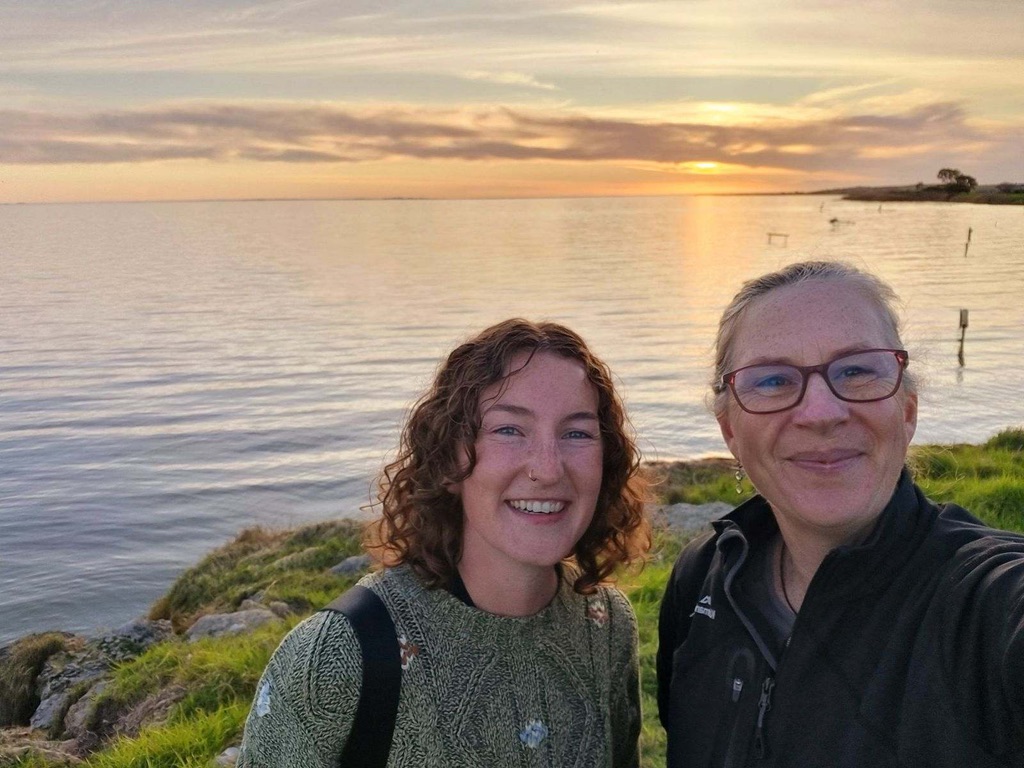
Wilderlands employees Tristy Osbon (L) and Deanna Marshall (R).
So, what’s the goal of A Rocha USA working with Wilderlands in Australia? To bring the Wilderlands protection and conservation model to the U.S., establishing the first Wilderlands USA project site in Florida. If established, it would help in reaching the United Nations goal of protecting 30% of Earth’s land and seascapes by 2030. This would be incredibly beneficial for A Rocha USA, as it would provide a viable way to achieve long-term goals in practical land conservation. This also benefits Wilderlands as they try to grow international support, credibility, and impact.
As I began diving into understanding Wilderlands, my first tasks included learning how to use a thermal night scope to search for the critically endangered Plains Wanderer and attending research conferences to gain a better understanding of the Australian environment. I learned about the biggest threats to Australian biodiversity, the unique relationship between land and fire, and how groups like Wilderlands are investing in the environment.
I also participated in multiple weeks of fieldwork at Wilderlands project sites across Victoria, New South Wales, and South Australia. These fieldwork weeks were key in getting time with Wilderlands lead ecologist Deanna Marshall. From car-ride conversations to field work, Deanna and I were able to start working together to understand how we might translate Wilderlands to a USA project site.
Through helping research the critically endangered Metallic Sun Orchid, identifying every plant species found across a project site, running transect lines through Dagger Wattle, avoiding Huntsman Spiders, and seeing everything from kangaroos to emus, echidnas, and the adorable Western Pygmy Possum, I gained an in-depth understanding of how Wilderlands monitors their project sites across Australia.
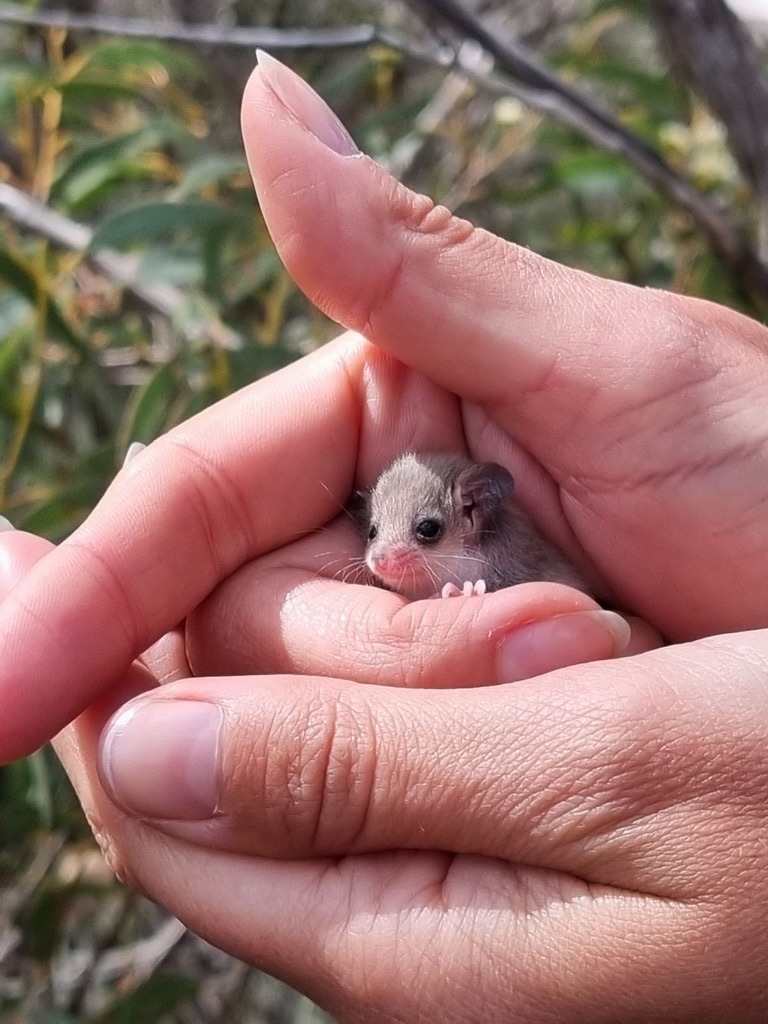
The Western Pygmy Possum.
Bookending these experiences in the field, I also had the opportunity to work on country (a phrase that indicates the various significant homelands of Aboriginal and Torres Strait Islander peoples) with two different Traditional Custodial Groups (a term used for Indigenous groups in Australia). The first was with the Ngarrindjeri, a Traditional Custodial Group in the Coorong Lakes region of South Australia. It was here that I saw firsthand how Wilderlands chooses to not only engage and partner with Traditional Custodians, but also plan for the “hand back” of land.
Secondly, I had the privilege of attending a meeting between Wilderlands and another Traditional Custodial Group to see how partnerships are built and how project sites are proposed and tested for suitability. This was foundational to seeing not only how projects are explored and brought to life, but also how the engagement between key partner groups is executed, especially when it comes to partnerships with groups who have historically been erased from the conversation.
Each of these experiences made Wilderlands stand out to me as incredibly proactive, tackling large-scale challenges and root causes, and doing so in a way that’s collaborative, accessible, and deeply grounded in love for place. I left feeling immensely privileged to be a part of this work and even more excited that A Rocha USA has the opportunity to partner with an organization like Wilderlands now and into the future.
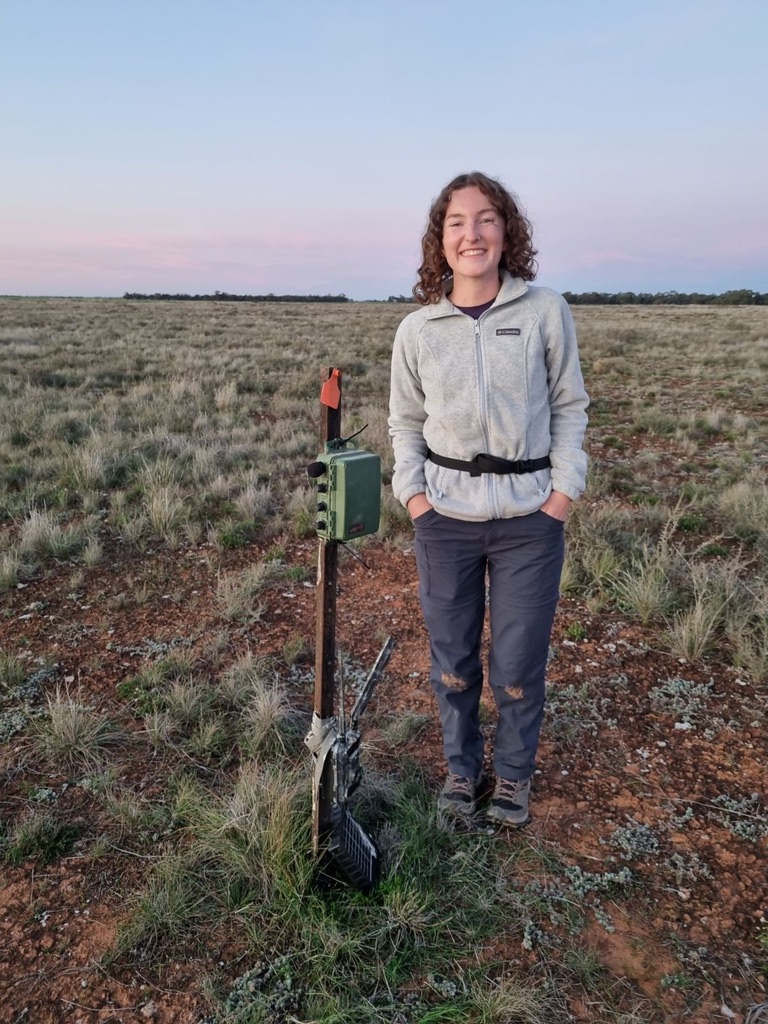
Tristy setting up a wildlife trail cam and sound meter to record birds.
In a world where many things, especially climate change, feel scary, I believe that both A Rocha and Wilderlands exist in a place where hope and joy exude. My prayer in this work resembles my first encounter in Australia with the wombat – I pray that we find community in what feels scary and daunting, and – rather than running from it – realize we are able to welcome it with hope and joy. Even if that looks a bit reckless from the outside.
I am so excited to watch the new chapters unfold over the next year, seeing what we can accomplish together in the state of Florida.

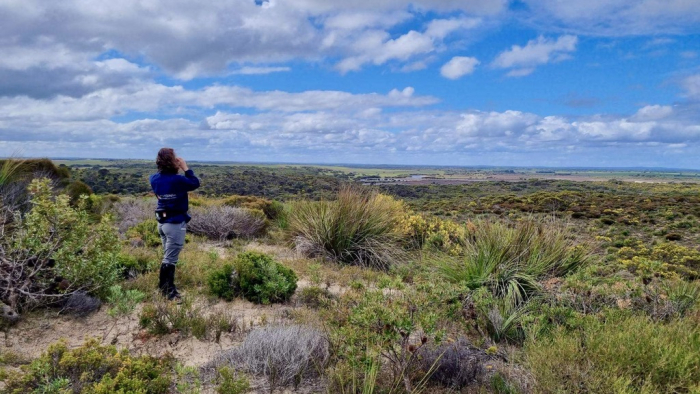





Add a Comment